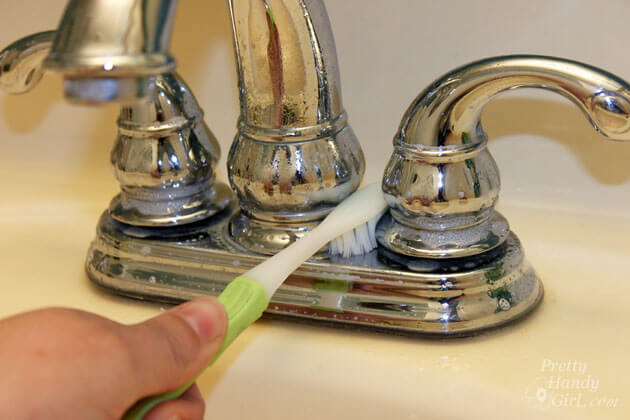From Guest Blogger Lillian Connors: The Road Towards a More Rational Use of Hot Water at Home

But, do not fret. The good news is that there is always room for improvement. Not only that— we have more fast and easy upgrades at our disposal than ever before. So, in this day and age, there are no excuses to forgo the green way of living. Here is how to go about hot water conservation and save a substantial amount of money down the road.
Habits as stepping stones
First of all, notice that your habits play a vital role in bringing the consumption down. There is so much you can do in this department and most efforts revolve around minimizing the amount of hot water you waste. So, avoid running hot water when you do not need it. It may be hard to let go of the water bliss that you are used to but do reduce time spent showering and use cooler water. Do not pre-wash dishes before using the dishwasher and when you run this appliance, do it only when there is a full load. For dealing with most of your laundry, you can probably stick to cold water.
All systems go
Another key step is conducting a thorough inspection of your plumbing system. The goal is to identify any faults and issues like leaky faucets, shower heads and pipes. Make no mistake— these can melt your budget in the long run. Namely, even small drips that occur once per second add up and cause you to lose 1,661 gallons of water per year (which costs you around $35). Also, ponder adding an insulation layer around your water pipes. This is something that most people do themselves. On the other hand, you can call professionals if you are not versed in examining and repairing yourself.
Green lodestars
Furthermore, seek for ENERGY STAR-certified products. Focus on biggest water devourers like the washing machine and the dishwasher. Also, note that a water heater serves as the heart and soul of your water system. You can probably lower the temperature on it: every 10° in reduction can lead to 5% in savings. I would also install an insulation jacket for the water heater to boost its efficiency. Bear in mind that in case your water tank leaks, you probably need a new heater. If you need help with your hot units, you should find local professionals, as this Canberra-based hot water expert, who is trained to promptly fix all electric and gas hot water systems, in addition to replacing hot water units when they reach the end of their lifespan.
Go with the low flow
Finally, invest in low-flow shower heads and faucets. In some countries, regulation prescribes certain flow rates— in the U.S, one is not supposed to exceed 2.5 gallons per minute (gpm) at a pressure of 80 pounds per square inch (psi). In any event, low-flow fixtures are one of the most cost-effective upgrades you can make. They cost around 10 to 20% more and bring about hot water savings of 25%-60%. When choosing these fittings, you can opt for an aerating or laminar-flow. They differ in terms of streams, but also the moisture they emit.
Play it smart
The road to optimal water consumption is paved with everyday habits and smart investment decisions. So, are you ready to change your ways and make necessary investments? You can start by fixing leaks and installing low-flow fixtures. What is more, consider new, energy-efficient appliances. Do away with wasteful habits. Rest assured that small adjustments can make a big difference over a long haul. You have a chance to enhance the budget and do something good for Mother Nature. It is a clear win-win scenario.
